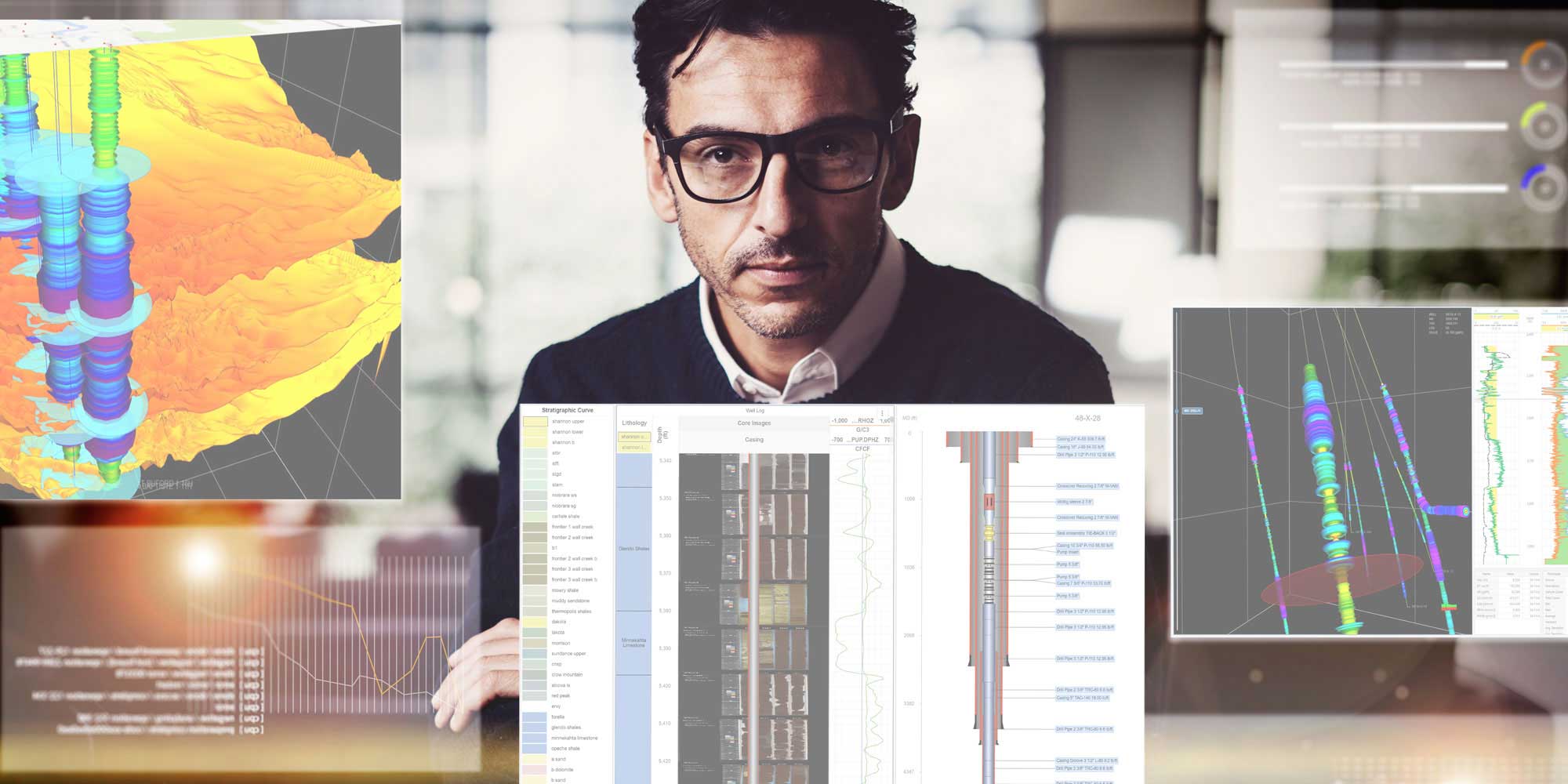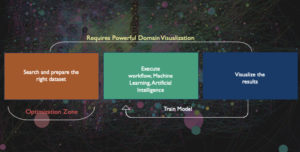5 Simple Techniques to Avoid Bugs While Programming
Programming is an activity that requires a special set of cognitive skills. While the industry has developed processes and tools to ensure the quality of software artifacts, the act of writing code is a craft in itself. Developers pride themselves on the “big picture” results they achieve, but the activity of programming is definitely a humbling experience: it’s easy to introduce bugs, and regardless of whether I catch them right away or later in the pipeline, I hate to be reminded I am inherently flawed and have introduced a defect. For this article, I will focus on simple methods to avoid bugs, not before or after you write code, but while you write that code.
The Right Tools to Develop with the IVAAP Backend SDK
One of the unique features of the IVAAP backend SDK is that you can develop your own data connectors and services with the IDE you are already familiar with. The data backbone of IVAAP is meant to be deployed in a cluster made of multiple nodes for scalability and reliability. However, despite the distributed nature of such a deployment, our SDK requires no particular plugin to compile or execute your code. The tools needed to develop a plugin for IVAAP’s backend are identical to the tools you would need to develop classic Java Servlets: a Java SDK (Oracle, OpenJDK), an IDE (Eclipse, NetBeans) and an application server (Tomcat, Glassfish).
TotalEnergies to Use INT’s Data Visualization and Analysis Platform and Libraries Software for the Next Five Years
TotalEnergies and INT have recently announced a long-term corporate agreement that will give TotalEnergies access to INT’s GeoToolkit, the most widely adopted JavaScript-based data visualization […]
A Brief Demo of Machine Learning Applied to Subsurface Data in the Cloud
Over the last few months, there have been a lot of activities and discussions with upstream majors on how to make subsurface data easier to search and discover and how to automate some of the geophysical and/or petrophysical workflows. This process has typically been very challenging. From a user experience perspective, the ideal scenario would be to do this from one system versus doing this very manually from current siloed applications. We’ve been able to do this successfully here at INT.





